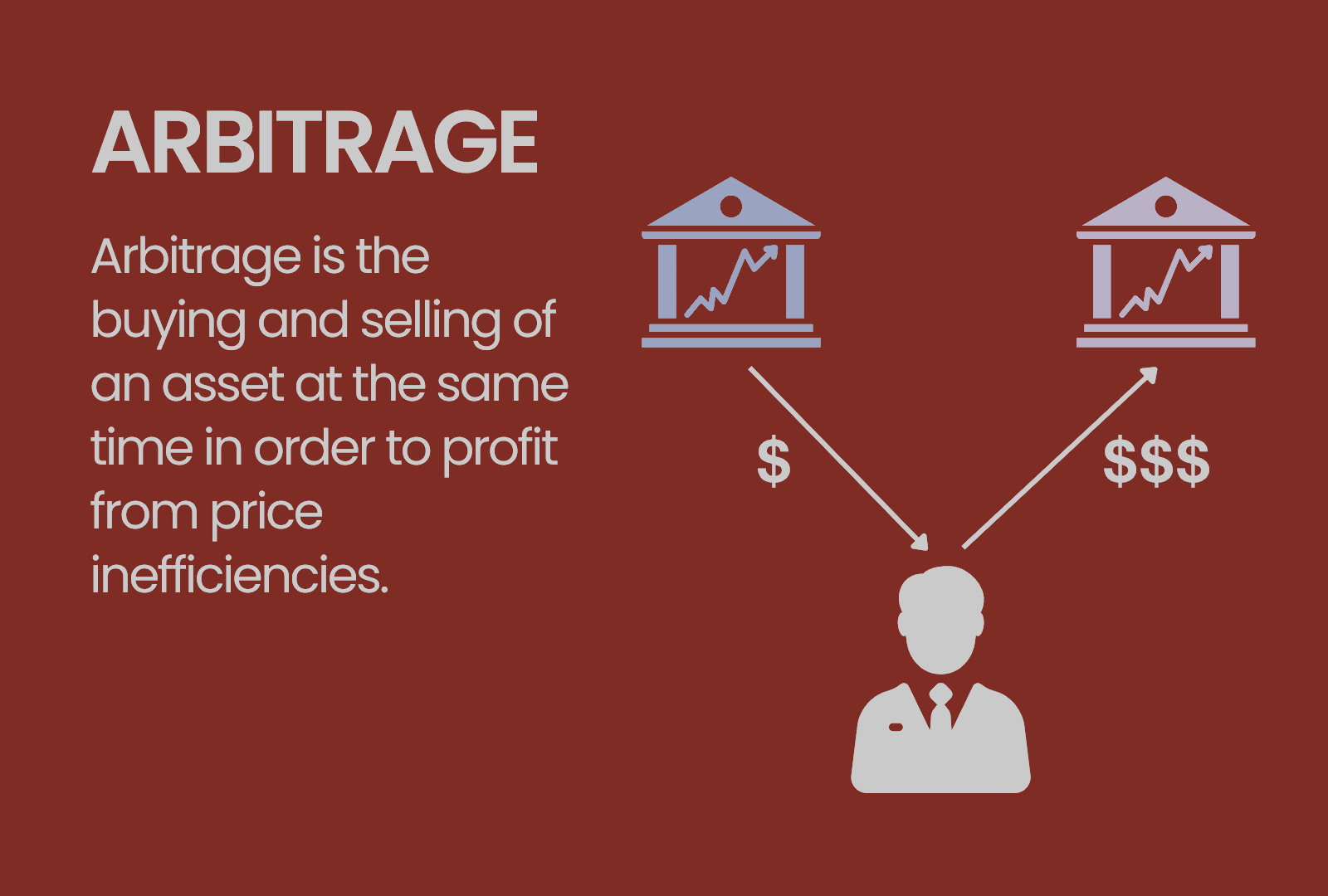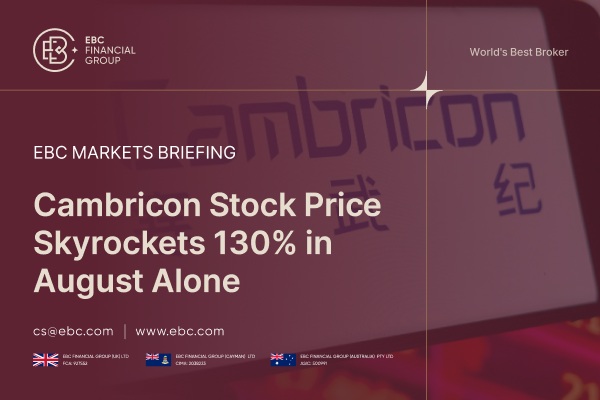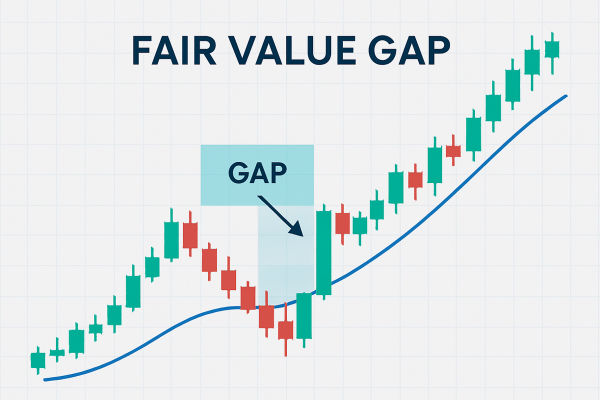The risk of arbitrage transaction is small and the return is stable. For large funds, if the unilateral heavy position is involved, it will face the shortage of higher position cost and greater risk. On the contrary, if the unilateral light position is involved, although the risk may be reduced, its opportunity cost and time cost are also high. Therefore, overall, it is difficult for large funds to intervene in the futures market with unilateral heavy positions or unilateral light positions to achieve relatively stable and ideal returns. If large funds intervene in the futures market through long short positions, that is, engaging in arbitrage trading, it can not only avoid the risks faced by unilateral positions, but also potentially obtain relatively stable returns.

Risks to Pay Attention to in Arbitrage Investment
Successful investment comes from understanding and grasping risks. Like other investments, futures arbitrage investments also have certain risks, and analyzing and evaluating their sources of risk can help make correct decisions and investments. Specifically, there may be the following risks in arbitrage investments:
(1) The price difference is moving in an unfavorable direction.
Except for spot arbitrage, all other arbitrage methods profit through changes in price differentials, so the direction of price differentials directly determines the profit or loss of the arbitrage. When making arbitrage investment plans, we should fully consider the possibility of price differentials moving in an unfavorable direction. If an arbitrage opportunity with unfavorable price differentials may result in a loss of 200 points, and a favorable price differentials may result in a profit of 400 points, then such arbitrage opportunities should be seized. At the same time, stop losses should also be set for possible adverse price differentials and strictly enforced. Given the importance of the risk of price difference, it is generally given a risk weight of 80% in practical operations.
(2) Delivery risk.
It mainly refers to the risk of generating warehouse receipts during spot arbitrage and the risk of warehouse receipts being cancelled and re inspected during cross period arbitrage. As the above situation has been carefully considered and calculated when making an arbitrage plan, we give this risk a weight of 10%.
(3) The risk of extreme market conditions.
Mainly refers to the risk that the exchange may forcibly close positions in extreme market conditions. With the increasingly standardized futures market, this type of risk has become smaller and smaller, and it can also be avoided through methods such as applying for hedging. Therefore, it is also given a weight of 10%.
The Advantages of Arbitrage Trading
1. Lower volatility. Due to the fact that arbitrage trades extract price spread returns from different contracts, and a significant advantage of price spreads is that they typically have lower volatility, arbitrageurs face less risk. Generally speaking, the fluctuation of price differences is much smaller than the fluctuation of futures prices. For example, the daily price change of copper traded on the Shanghai Futures Exchange is generally 400-700 yuan/ton, but the price difference between adjacent delivery months varies by about 80-100 yuan/ton. Many commodity prices have strong volatility and require daily monitoring. The intraday fluctuations of price differences are often small, requiring monitoring only a few times a day or even less. If the funds in an account fluctuate significantly, speculators must deposit more money to prevent potential losses. There are few such concerns when using arbitrage trading.
2. Limited risk. Arbitrage trading is the only futures trading method with limited risk. Due to the existence of arbitrage behavior and the competitive choices among arbitrageurs, price deviations between futures contracts will be corrected. Considering the transaction cost of arbitrage, the price difference between futures contracts will be maintained within a reasonable range, so there are not many cases where the price difference exceeds this range. This means that you can establish arbitrage positions in historical high or low areas based on historical statistics of price differences, and at the same time, you can estimate the level of risk to be borne.
3. Lower risk. Due to the hedging nature of arbitrage trading, it usually carries lower risks than unilateral trading. This is an important factor that we need to consider when comparing arbitrage and unilateral trading. Why is the risk lower? Portfolio theory suggests that an investment portfolio composed of two completely negatively correlated assets minimizes portfolio risk to the greatest extent possible. Arbitrage is the simultaneous buying and selling of two highly correlated futures contracts, which constructs an investment portfolio consisting of two almost completely negatively correlated assets, naturally reducing the risk of the portfolio.
4. Protection against price limits. The hedging characteristics of many carry trades can provide protection against price limits. Because of political event, weather and government reports, futures prices can rise and fall sharply, sometimes even leading to price limits. The price is locked on the price limit and cannot be closed. A unilateral trader who goes wrong will suffer heavy losses before being able to close their positions. This often leads to a deficit in the trader's account and requires additional margin. In the same environment, arbitrage traders are generally protected. Taking cross period arbitrage as an example, since an arbitrage trader is both long and short on the same commodity, their account usually does not experience significant losses on the limit day. Although the price difference may not move in the direction predicted by traders after the limit is opened, the resulting losses are often much smaller than unilateral trading.
5. More attractive risk/return ratio. Compared to a given unilateral position, an arbitrage position can provide a more attractive risk/return ratio. Although the yield of each arbitrage transaction is not very high, the success rate is high, which is due to the limited risk of price difference, lower risk, and lower volatility characteristics. In the long run, only a minority make profits from unilateral trading, and often no more than 3 out of 10 people are profitable. Arbitrage is different, as it has the characteristics of stable returns and low risk, so it has a more attractive return/risk ratio, which is more suitable for the operation of large funds. In the fierce competition between long and short sides holding unilateral positions, arbitrageurs often have the opportunity to intervene and easily profit.
6. The price difference is easier to predict than the price. Futures prices are often difficult to predict due to their high volatility. In a bull market, futures prices will rise unexpectedly high, while in a bear market, futures prices will fall unexpectedly low. Arbitrage trading is not directly predicting the price changes of future futures contracts, but rather predicting the changes in price differentials caused by future changes in supply and demand. The difficulty of making the latter prediction is significantly reduced compared to the previous one. The supply and demand relationship that determines the future impact on commodity prices is very complex, although there are rules to follow, it still contains many uncertainties. Predicting changes in price differentials does not necessarily take into account all factors that affect supply and demand relations. Due to the correlation between two types of futures contracts, many uncertain supply and demand relationships can only cause the prices of the two contracts to rise and fall simultaneously, with little impact on the price difference. Therefore, this type of supply and demand relationship can be ignored. Predicting the change in price difference between two types of contracts only requires attention to the differences in the responses of each contract to the same changes in supply and demand relations, which determine the direction and magnitude of price difference changes.
The Disadvantages of Arbitrage Trading
Everything has two sides, and arbitrage trading is no exception. In addition to the above advantages, there are also several shortcomings:
1. Potential returns are limited. In the eyes of many investors, the biggest drawback of arbitrage is that potential returns are limited. This is normal, as when you limit the risk in a transaction, it usually also limits your potential returns. However, whether to choose arbitrage trading in the end still requires weighing the many advantages of arbitrage and the limited potential benefits.
2. Excellent arbitrage opportunities rarely occur frequently. The number of arbitrage opportunities is closely related to the effectiveness of the market. The lower the efficiency of the market, the more opportunities for arbitrage; The higher the efficiency of the market, the fewer opportunities for arbitrage. As for the current domestic futures market, its effectiveness is not high, and there are several good arbitrage opportunities for various futures varieties every year. However, compared to the unilateral trend, there are also many arbitrage opportunities every year.
3. Arbitrage also carries risks. Although arbitrage has the advantages of limited risk and lower risk, there are still risks involved. This risk arises from the price deviation continuing to go wrong. The strength relationship between contracts often maintains a short-term trend of "the strong remain strong, the weak remain weak". If this price deviation is eventually corrected, arbitrageurs will also have to suffer temporary losses in such transactions. If investors can bear such losses, they will eventually turn losses into profits, but sometimes investors cannot survive the loss period. Moreover, if a short selling contract encounters a squeeze phenomenon and continues until the contract is delivered, the price deviation will not be corrected, and arbitrage trading will inevitably end in failure.
【 EBC Platform Risk Reminder and Disclaimer 】: There are risks in the market, and investment needs to be cautious. This article does not constitute investment advice.







